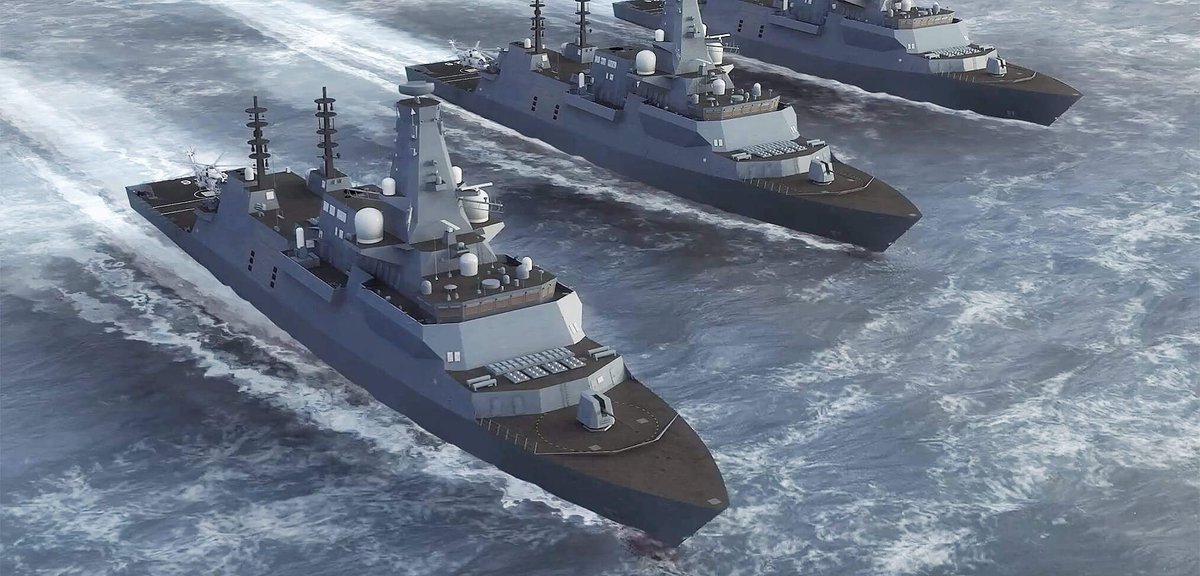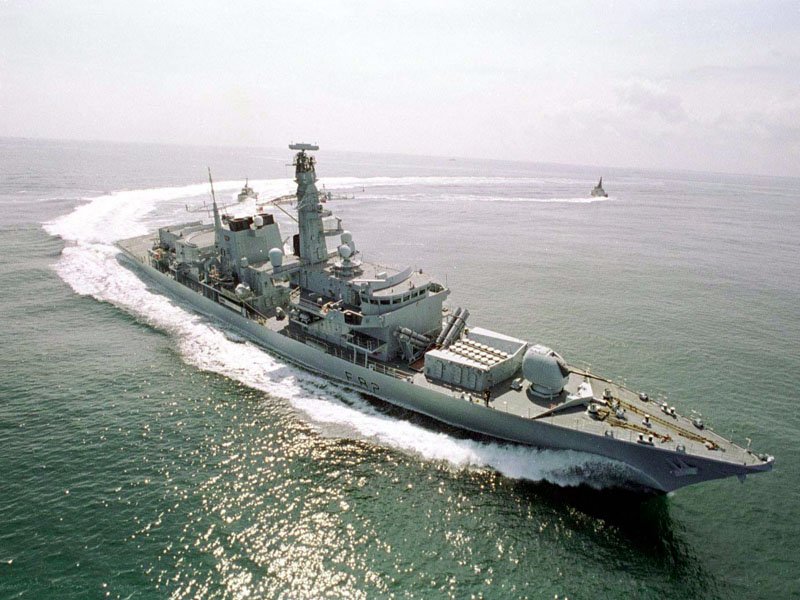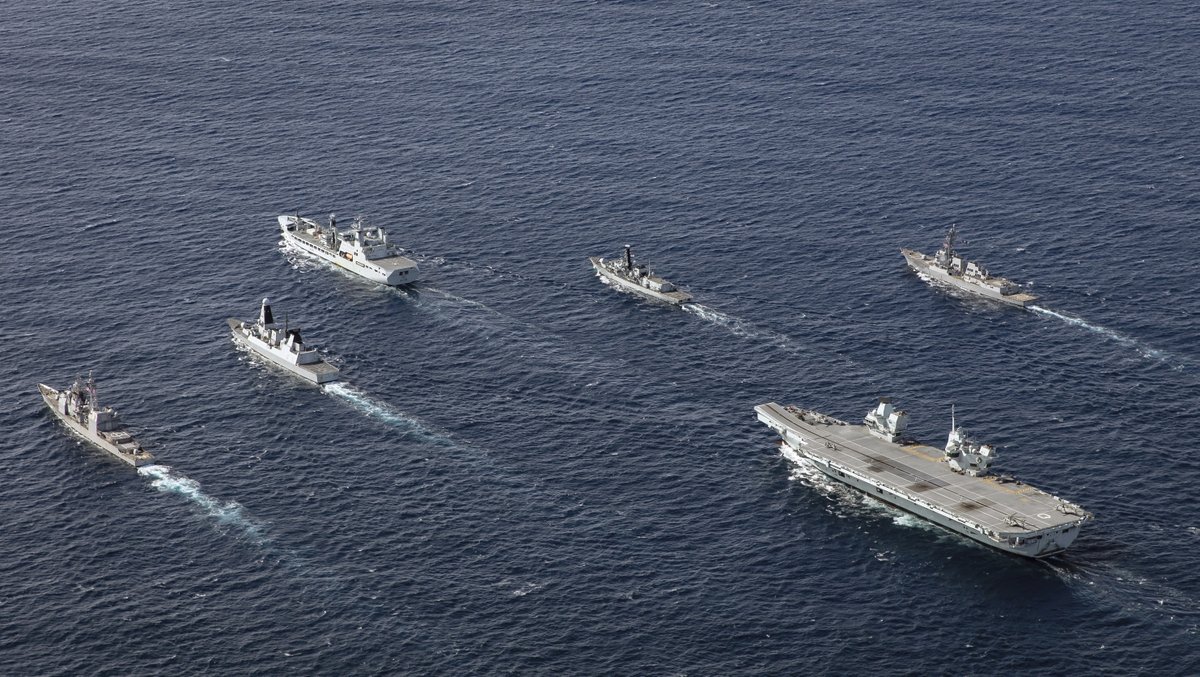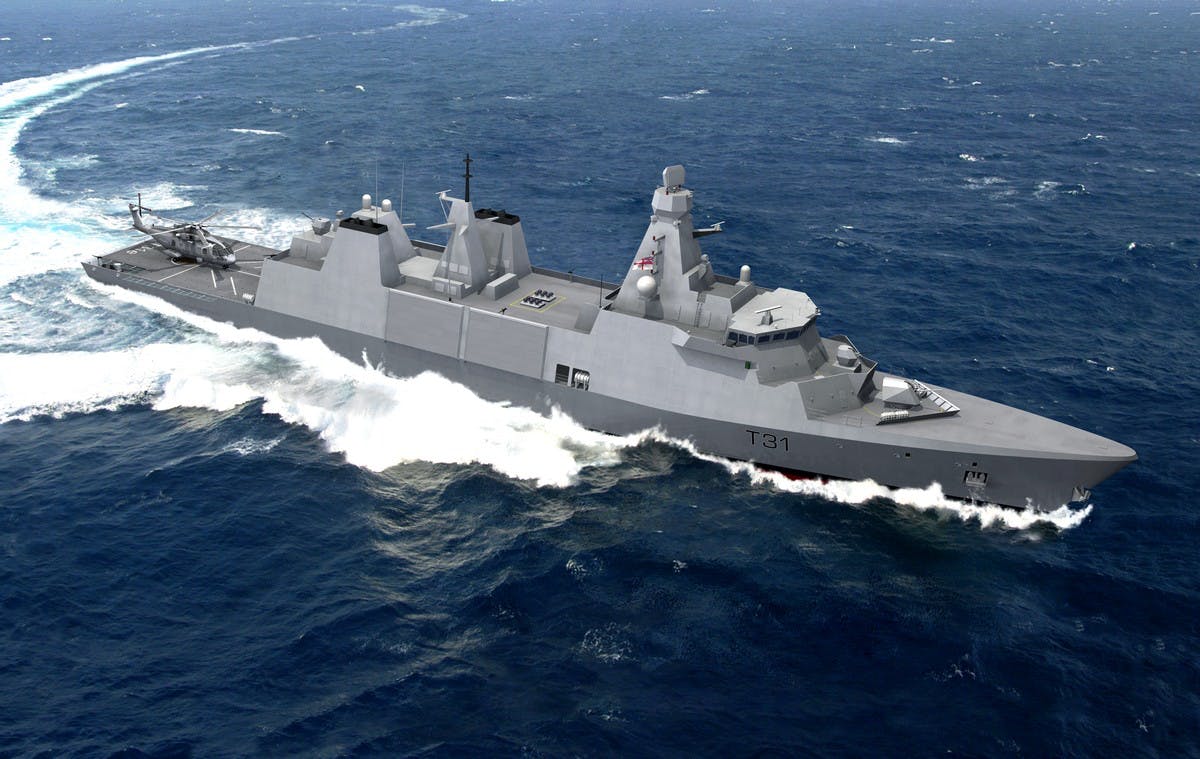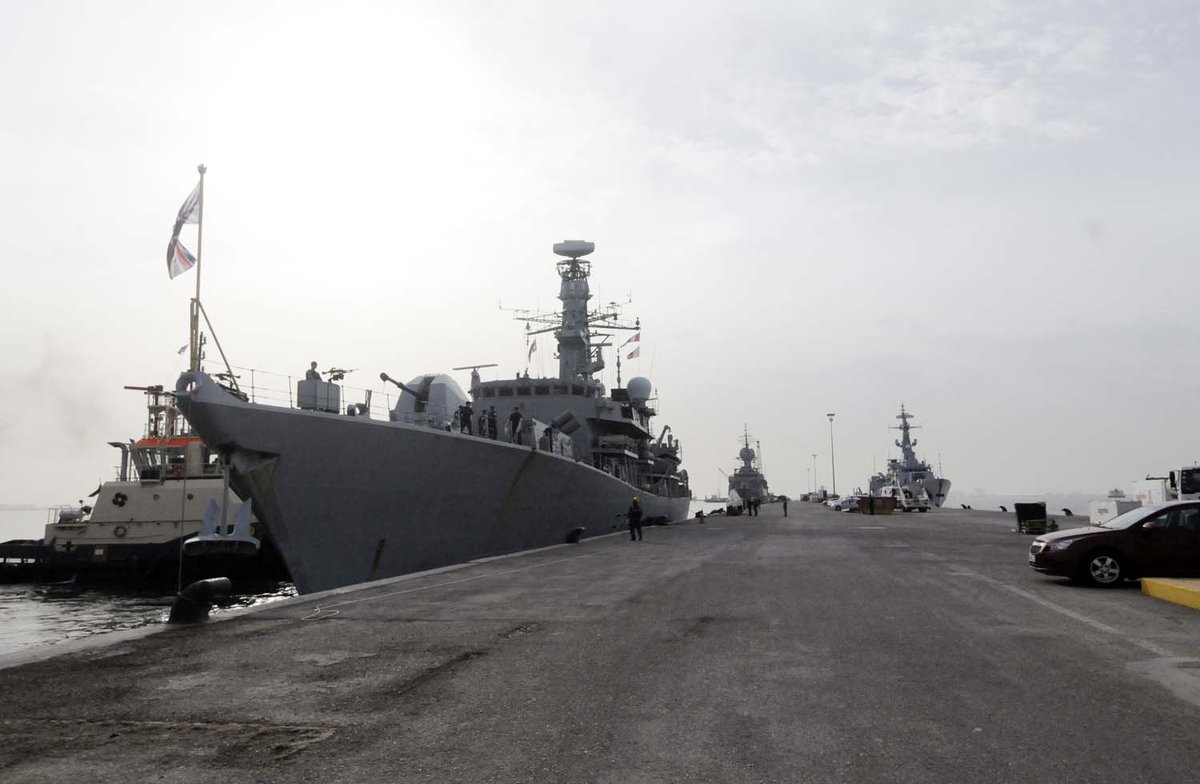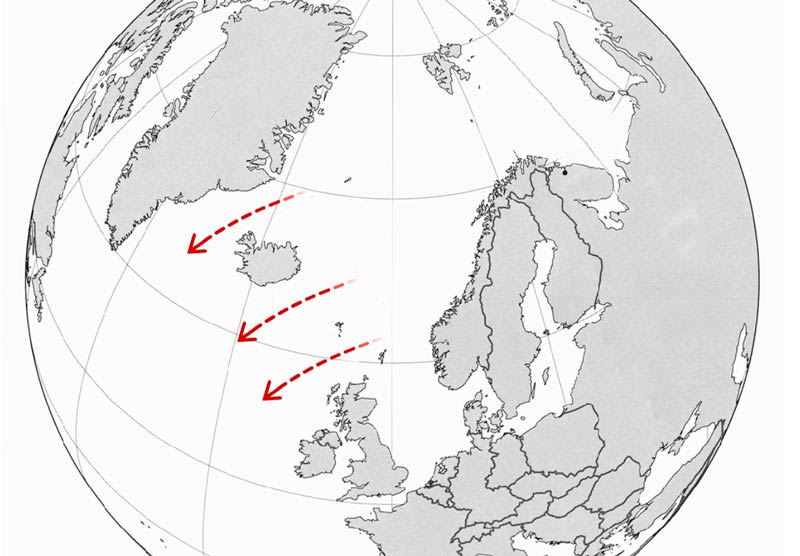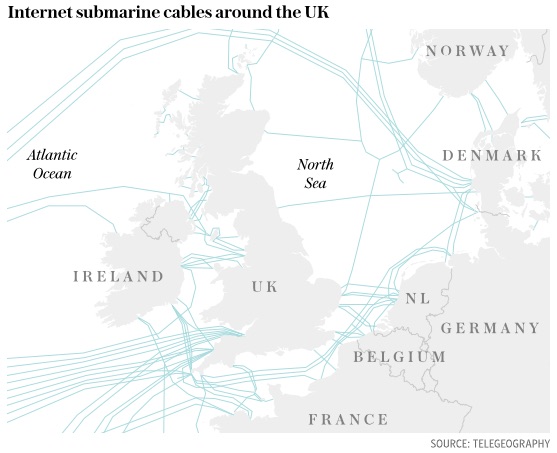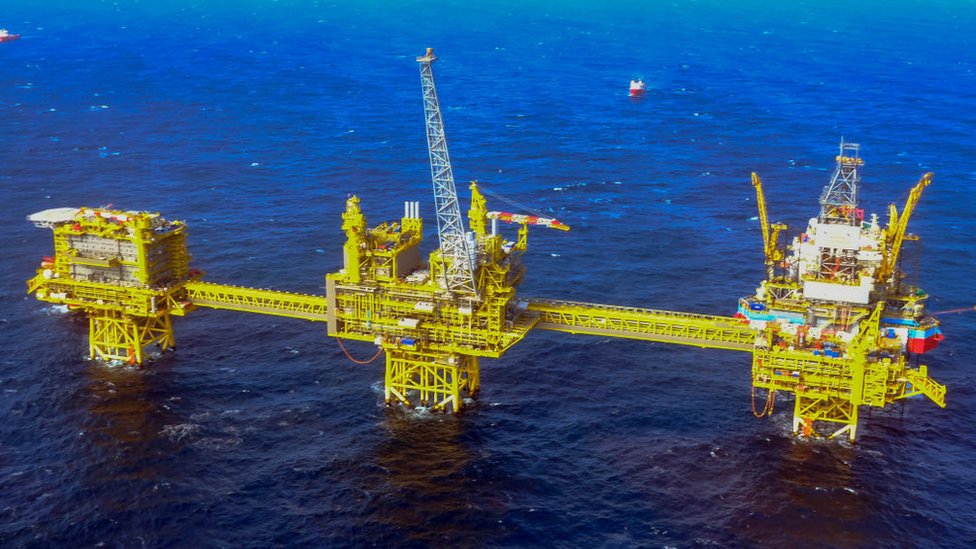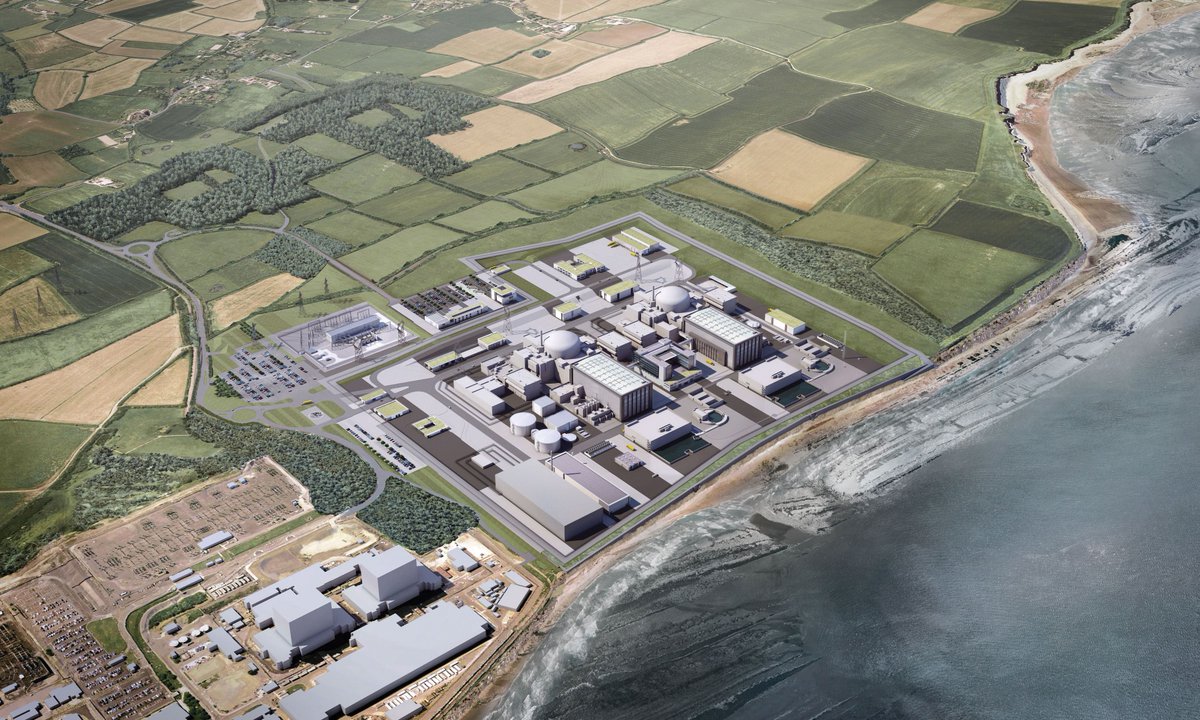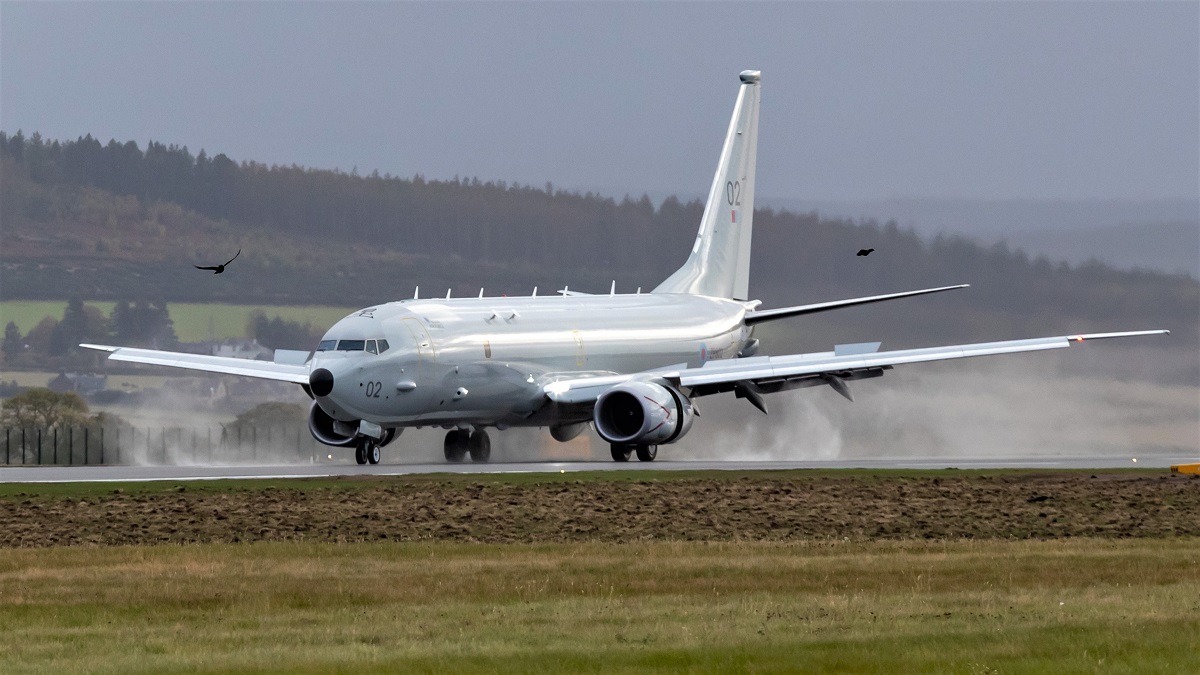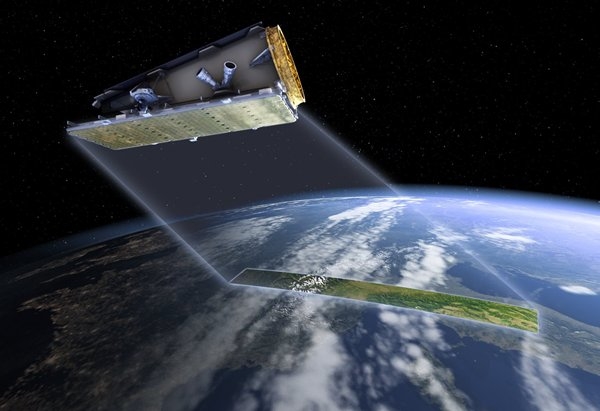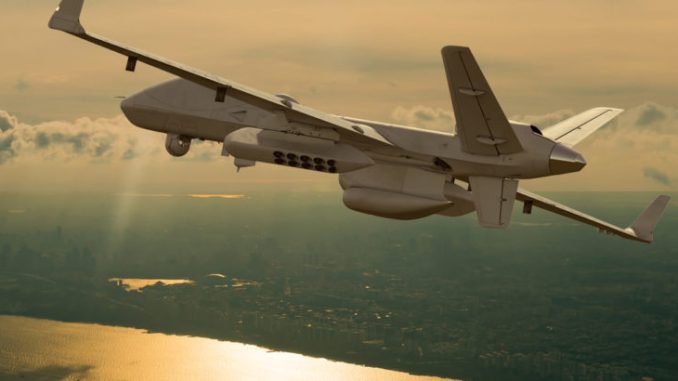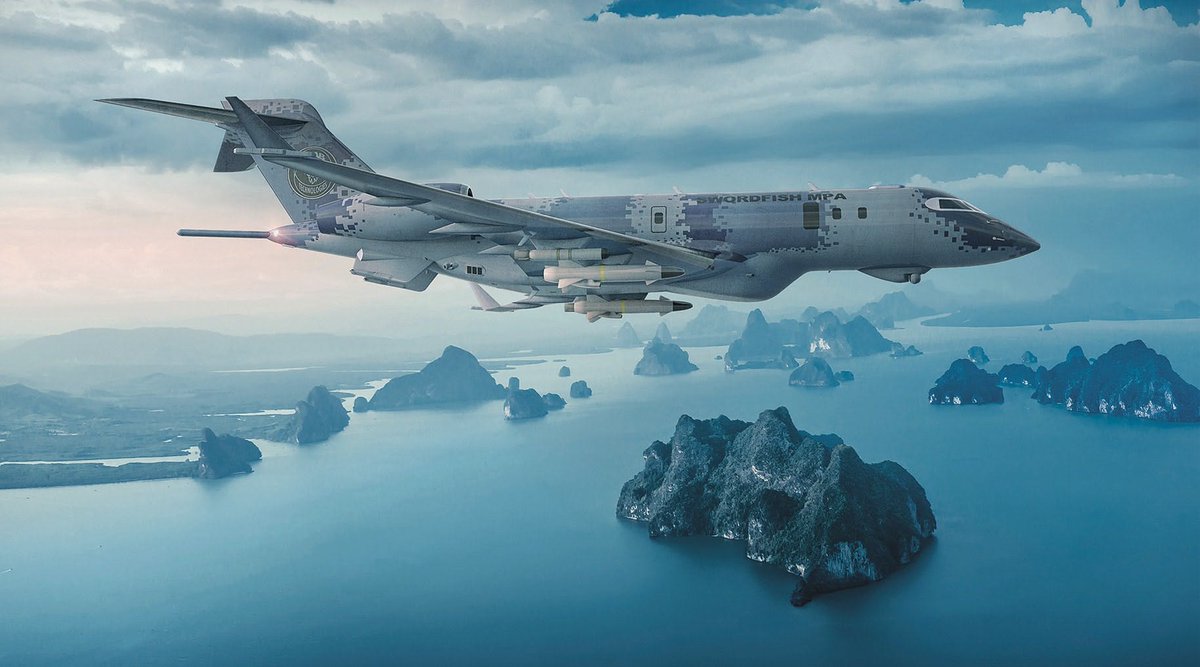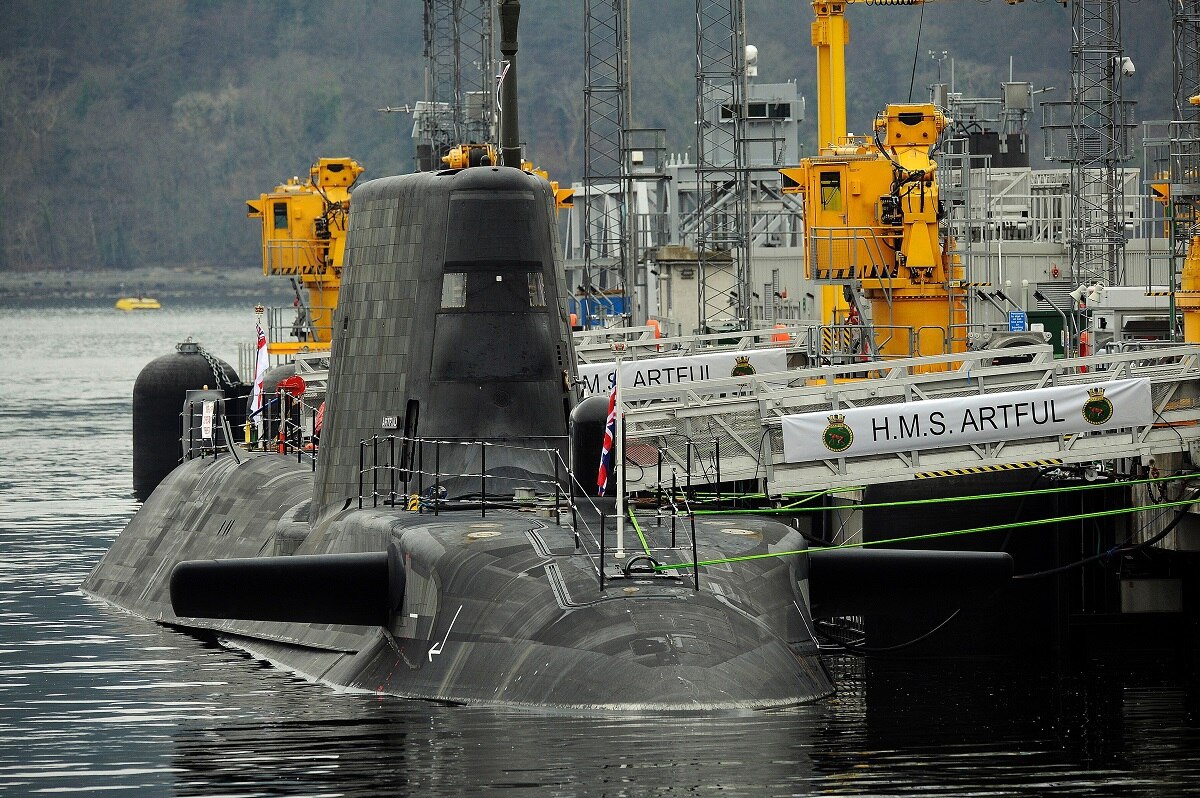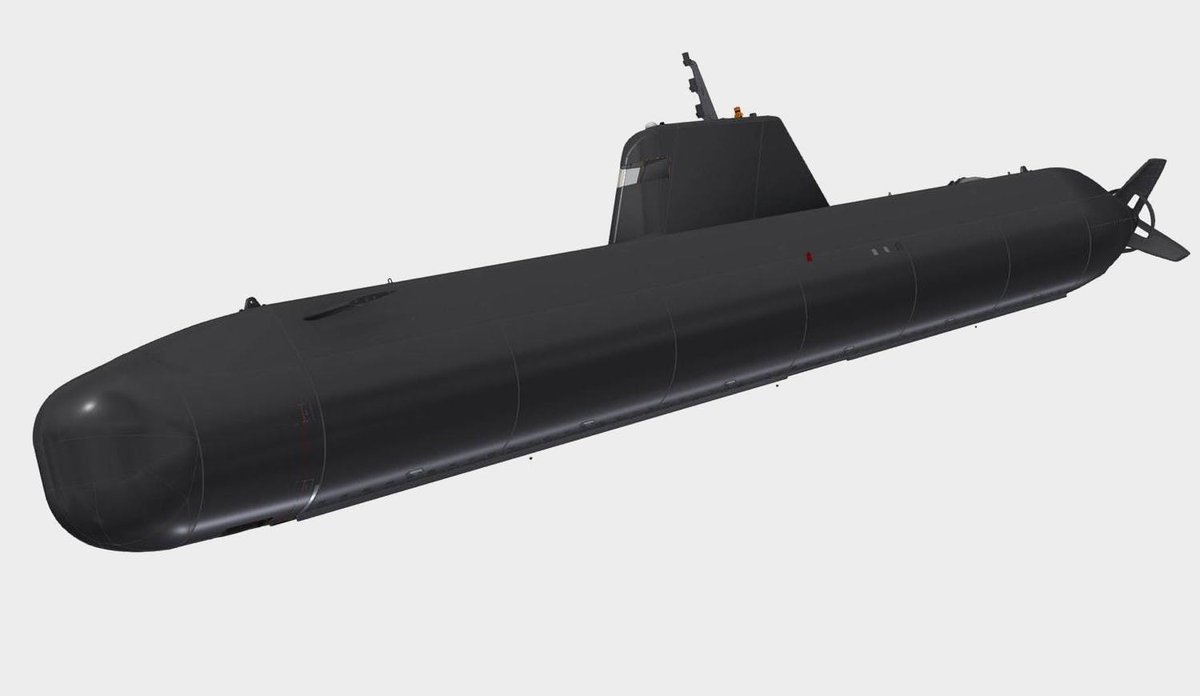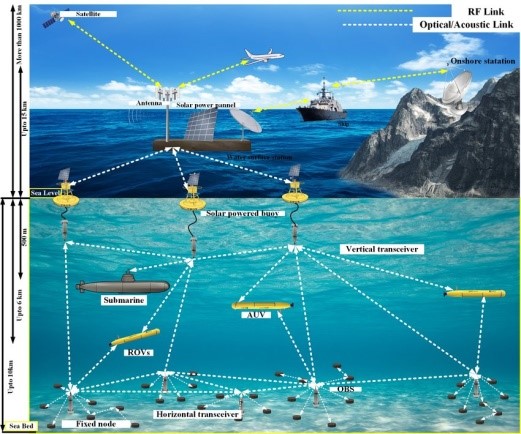Unpopular opinion: the @RoyalNavy has enough frigates, and more frigates should not be a priority.
I'll explain;
I'll explain;
Today's fleet consists of 13 Type 23 frigates split 8:5 between anti-submarine & patrol duties respectively.
That force will soon transition to 8 anti-submarine Type 26 frigates & 5 patrol Type 31 frigates.
This means the force will remain constant for the foreseeable future.
That force will soon transition to 8 anti-submarine Type 26 frigates & 5 patrol Type 31 frigates.
This means the force will remain constant for the foreseeable future.
The role given to the T26 is clear, it will be a high quality anti-submarine frigate, primarily focused on group escort tasks.
This current plan generates enough availability to protect the two carrier groups, which will likely consist of two T26 frigates.
This current plan generates enough availability to protect the two carrier groups, which will likely consist of two T26 frigates.
For those keeping count, only half of the Type 26 fleet is required for the carrier groups leaving spares for surge conditions, to escort an amphibious group, or to protect NATO groups.
On top of that are the five T31 patrol frigates, which the Navy call general purpose frigates.
If the T26 is focused as an escort force, the T31 will be more of a reactive force, ready to respond to the unpredictable needs of the day.
If the T26 is focused as an escort force, the T31 will be more of a reactive force, ready to respond to the unpredictable needs of the day.
Used traditionally 5 is not much of a force. Luckily the Navy has already started trailing forward basing and crew rotations to increase force levels.
The whole T31 operational concept should be based around this, to stretch as much use as they can out of them.
The whole T31 operational concept should be based around this, to stretch as much use as they can out of them.
Side note; It's difficult to justify more assets when the current asset utilisation is <30%.
With a little work the Navy could increase this figure, and could realistically maintain a combat force at deployed high readiness in three regions.
For example the T31 could be ready to respond at short notice in the Atlantic, Gulf and Indo-Pacific region.
For example the T31 could be ready to respond at short notice in the Atlantic, Gulf and Indo-Pacific region.
The T31 is ideal for this. It's big & simple, making it easier to support away from the UK, and importantly, with that size comes inherent flexibility.
We are terrible at predicting future conflict, pre-positioned flexible ships enables a speedy repose to the unpredictable.
We are terrible at predicting future conflict, pre-positioned flexible ships enables a speedy repose to the unpredictable.
So far we have the carrier groups protected, and a global reaction presence established. Whats missing is coverage for domestic tasks which is clearly important for an island.
The solution to this problem is not more frigates;
The solution to this problem is not more frigates;
The basic domestic maritime security needs of the UK do not require Frigates, they need smaller craft as things like smuggling or environmental issues are more ad-hoc in nature.
(I'd argue this a role for a coastguard, but that's another thread)
(I'd argue this a role for a coastguard, but that's another thread)
The more complex domestic maritime security issues need addressing, especially as lots of our national infrastructure if coastal or offshore. Critical energy, transport and communication infrastructure can be held at risk by a maritime adversary.
Thankfully the UK has finally finally corrected a huge fault in its domestic security as Maritime Patrol Aircraft (MPA) return to their natural habitat in Scotland.
Unfortunately the P8 9 aircraft on order does not come close to the 21, then 18, then 12 at the bare minimum number of Nimrod the RAF required.
This small fleet of 9 MPA's will only be put under more pressure as the RAF sentinel is scrapped very soon.
This small fleet of 9 MPA's will only be put under more pressure as the RAF sentinel is scrapped very soon.
More needs to be done here, and more frigates is not the solution.
The UK needs more P8, or a low cost MPA, or a drone MPA or synthetic aperture radar satellites or a combination of these.
Complete this system and the surface search portion of UK maritime security is satisfied.
The UK needs more P8, or a low cost MPA, or a drone MPA or synthetic aperture radar satellites or a combination of these.
Complete this system and the surface search portion of UK maritime security is satisfied.
This leaves the submarine portion of UK maritime security left open.
The RAF's P8 MPA will fill part of this void, but not completely because while the submarine threat is persistent, a patrol aircraft is not.
Unlike the during the cold war, frigates are not the solution today.
The RAF's P8 MPA will fill part of this void, but not completely because while the submarine threat is persistent, a patrol aircraft is not.
Unlike the during the cold war, frigates are not the solution today.
If you've been on twitter a while, I'm sure you've heard "the best way to catch a sub is with a sub" or "there are only submarines and targets"
The problem is the RN doesn't have many submarines, neither can it afford more, and even if it could there is no capacity to build more
The problem is the RN doesn't have many submarines, neither can it afford more, and even if it could there is no capacity to build more
These constrains mean a more novel solution is required, and luckily the Navy is already developing one, drone subs!
Or XLUUV in terrible MOD language.
Or XLUUV in terrible MOD language.
This development is still in its infancy and should be perused as a priority above additional frigates.
A drone sub can achieve a similar effect to an ASW frigate, while being cheaper, requiring fewer operators, and the few operators it has get to go home at night.
A drone sub can achieve a similar effect to an ASW frigate, while being cheaper, requiring fewer operators, and the few operators it has get to go home at night.
We can't expect too much too soon from a novel technology, which is what makes this task the perfect introduction point.
Unarmed patrols under and around domestic waters if fully achievable with current technology, as as confidence grows the mission will expand.
Unarmed patrols under and around domestic waters if fully achievable with current technology, as as confidence grows the mission will expand.
The initial goal should be a fleet of drone subs, launched and recovered from Scotland silently collecting data throughout the North.
These will become the persistent nodes in a network, tipping off the manned platforms to increase their effectiveness on task.
These will become the persistent nodes in a network, tipping off the manned platforms to increase their effectiveness on task.
Once this basic task is achieved more complex operations can be developed, and the scope here is massive, perhaps a discussion for later...
To sum up;
- The Navy has the T26 as the fleet escort force.
- The Navy has the T31 as the global reaction force
- The RAF has the P8 for the first component of domestic maritime security
- The Navy needs drone subs for the second component of domestic maritime security
- The Navy has the T26 as the fleet escort force.
- The Navy has the T31 as the global reaction force
- The RAF has the P8 for the first component of domestic maritime security
- The Navy needs drone subs for the second component of domestic maritime security
This give the UK a very strong Maritime posture at home and abroad, and importantly it is achievable without significant changes to headcount.

 Read on Twitter
Read on Twitter